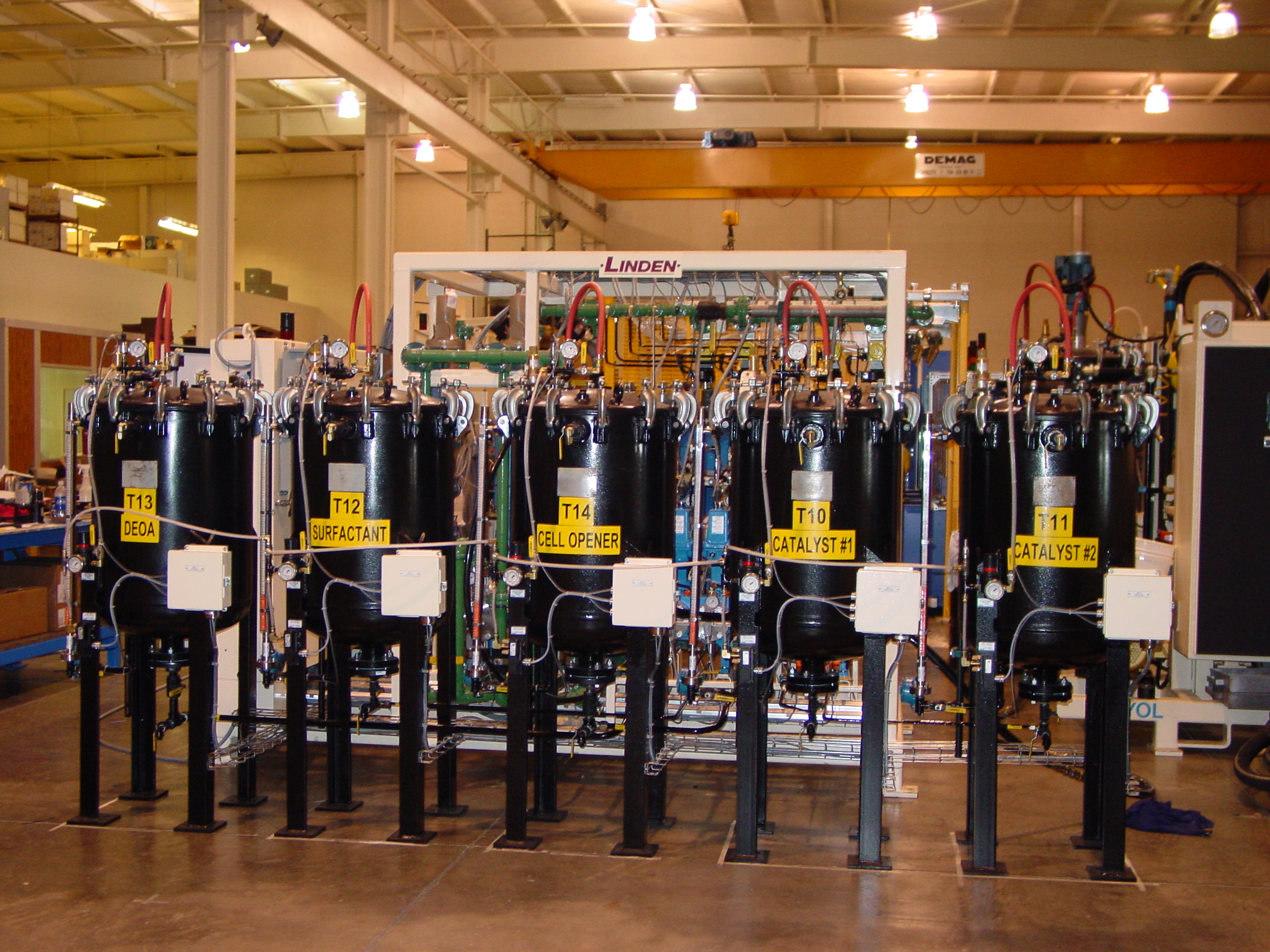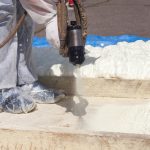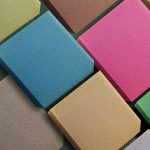Polyurethane Production Hinges on Mixture Stability and Versatility
Polyurethane is infinitely versatile and one of the most customizable materials available across a wide range of markets. This seemingly endless adaptability is borne from the polyol blend — the mixture of chemicals that both make up polyurethane and gives it the ability to change into whatever solution is needed.
All polyurethane begins with the same two core components — polyols and isocyanates. By mixing these two elements in specific ratios and then combining them with other chemicals and processes — such as catalysts, curatives, blowing agents, and surfactants — companies can create a diverse range of properties and characteristics.
Different ratios, or different polyol blends, lead to different final material attributes that serve in different industries and applications. For instance, Polyurethane can be made in a variety of densities and hardnesses by varying the isocyanate, polyol, or additives.
A polyol blend that is iso-rich would likely see use in the construction industry as an insulation material that also adds structural support. A blend that features a different core polyol could be used in the medical industry, where biocompatibility, flexibility, and safety for use in surgical devices and applications. A different polyol blend would be used to develop protective coatings for use on the outside of aircraft. The examples are nearly limitless.
Regardless of the end product, the manufacturing principle is the same: to meter the liquid isocyanate and polyol blend at a specified ratio, mix them together until a homogeneous blend is obtained, then dispense the reacting liquid into a mold or onto a surface depending on application demands. With manufacturing activity finally beginning to rise again, it’s incumbent on producers to maximize the use of their chemical blends to fully capitalize on the potential of polyurethane.
Get More from Your Chemical Mixture: Examine the difference a gas nucleation system can add to your production, through efficiency, additional properties, and more.
Bulking Up: Storage and Blending on a Large Scale
The best way to manage and maximize the efficiency and impact of your polyol blend is with dedicated bulk storage solutions and chemical blending equipment.
Bulk Storage
Prior to pouring or shooting for your application, polyurethane’s base chemical components (polyols and isocyanates) must be stored on-site. Without bulk storage capabilities, production facilities have to resort to fully portable fixes — typically 55-gallon drums — that must be constantly unloaded, stored, handled, and then disposed of or sent back to the chemical supplier. This adds time and expense to the entire operation and can eat away valuable floor space in your facility’s physical footprint.
Bulk storage systems address many of these issues. With Linden Polyurethane, you’ll get a customized storage solution that allows you to incorporate larger storage options into your existing production cycle — potentially saving space, time, and cost by being able to buy core chemicals in bulk quantities. Linden also delivers other potential benefits with a custom storage solution:
- Chemical storage sizes from 2,000 to 25,000 gallons
- Cyclo-Pentane bulk storage systems up to 6,000 gallons
- All tanks are custom-designed to meet your building restrictions
- Supplied in carbon steel with plasite lining or stainless steel
- Engineering at the highest quality with ASME-certification
- Can be engineered to comply with CRN Registration
Learn more about Bulk Storage here.
Chemical Blending
With designed and integrated in-line blending systems, polyurethane manufacturers can add efficiency and reduce material loss when compared to older manual or non-integrated systems. Remember, your polyol blend — whether as one of the initial core components of the mixture or referring to end result — is a product of many different elements. With Linden, bulk blending equipment can be connected to the storage tank system to allow a seamless and more efficient transfer of material from one stage to the next. The integration is one of many differentiators Linden provides:
- In-line polyol, filler, color, and blowing agent blending systems are available
- Filler blending systems ensure clean throughput and reduced material loss
- Integrates with polyurethane bulk storage systems
- Penta-Fusion and environmentally friendly blending (EFB) systems are available
Learn more about Chemical Blending here.
Dive into the Flexibility of Foam: Learn how core production elements add value and versatility to polyurethane foam and its many uses.
Tailor and Store Your Polyol Blend with Linden Polyurethane
Linden Polyurethane is the only full-service U.S.-based designer and manufacturer of polyurethane processing equipment that meets the most demanding precision requirements. With each shot from our mix heads, our clients are able to complete their production goals on-time and with the most precise polyol blend of polyurethane mixture possible. We’ve helped companies around the world achieve their goals, and we’re ready to help you, too.
At Linden Polyurethane we offer a full testing lab that is ISO 9001 certified and has more than 7,000 square feet of testing and production space. Here, we help our clients conduct feasibility and production processing testing to ensure that a specific mix head, metering system, polyol blend, or gas infusion system meets their specifications and addresses their production goals.
Lastly, we back all of our polyurethane equipment with our renowned Linden Polyurethane warranty and best-in-class repair program. We’ll be there throughout the life of your equipment to provide repair or refurbishment services — and even do so for equipment made by other organizations.





